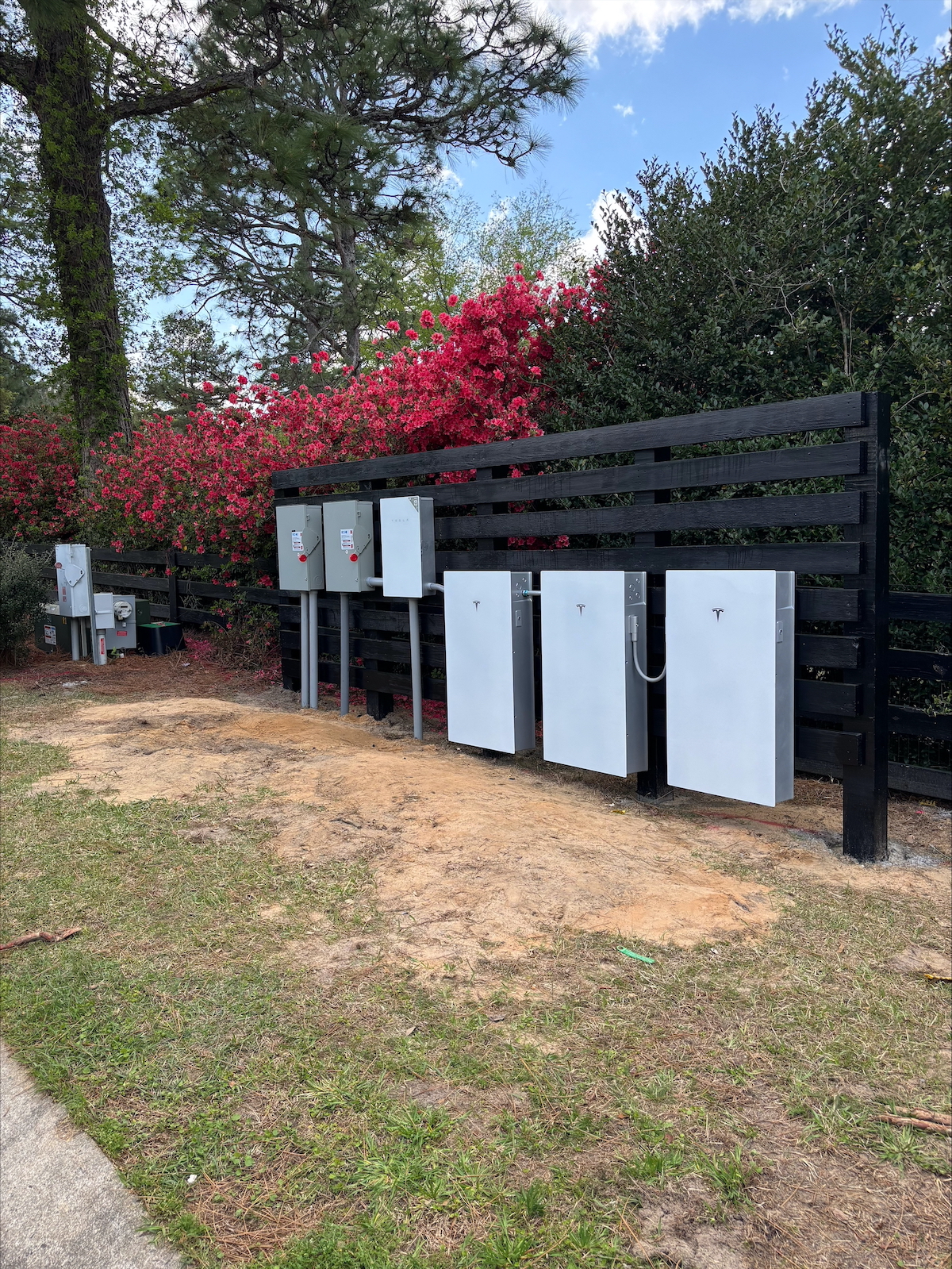By Jim Hicks
Each year the Beaufort County School District Superintendent, who is responsible for the education of the county’s 20,000 students along with the operation and maintenance of its 31 public schools, must submit a proposed budget for the following year. Each year the School Board reviews the budget in detail and forwards it to the Beaufort County Council for final approval. Each year the question arises as to what is the value (other than fulfilling a moral obligation to educate the children of the community) of the money being spent in support of public education.
The Virginia Beach City Public School system, with its 85 schools and 70,000 students, recently hired an economic consultant Dr. Michael L. Walden, Ph.D., to conduct a study to answer the question of what do you, the taxpayer, get for a dollar spent on public education.
Dr. Walden’s study “The Economic Impact of the Virginia Beach City Public School System” was completed in 2011 and provided the following items of information in regard to the value of money invested in our public education system.
• Every $1 spent as part of the operating budget (salaries, insurance) and retained in the local area will create an additional $1.53 of revenue in the local economy. Interestedly, it was estimated that approximately 35 cents of each dollar allocated to the operating budget will leave the area in the form of taxes, social security or similar cost directing money out of the local economy.
• Every direct district job will generate an additional .64 non-educational related job in the local economy, or each 10 district employees will generate almost 7 new jobs.
• Every $1 spent as part of the capital budget (construction or new equipment) will generate an additional $1.55 in the local economy.
• Every $1 million spent as part of the capital budget generates 12 additional jobs in the area.
• Each additional high school graduate represents an annual cost avoidance of $189 that will not have to be allocated to responding to crime.
• A high school graduate over a normal lifetime will require $37,464 fewer taxpayer dollars in the form of public support in the areas of crime and health services than a non-high school graduate. To put this in perspective, the estimated additional lifetime cost to the taxpayer for the 122 Beaufort County students who dropped out of high school in school year 2011-12 is $4.6 million.
• In the area of Medicaid cost alone, the average non-high school graduate over a lifetime is projected to cost the taxpayer $17,326 more than a high school graduate.
• Consistent improvement in test scores over a four-year period equated to improved residential property values in the vicinity of those schools attaining the improved scores.
As can be seen from the above bits of information, good public schools are a sound investment in the local, state and national economy. There are no standardized or simple answers as to how we reduce the dropout rate, figure out how to best minimize the devastating impact of poverty on education and guarantee that all students attaining a high school degree are really ready to move on to the next phase of life. These are questions that every community in the nation is struggling to answer.
The search for answers as to how to best operate our schools deserves the attention of parents, politicians, the business community and citizens in general throughout the year and not just when the annual school budget is being considered.
(Editor’s Note. All dollar values quoted in this article based on Dr. Walden’s study were based on the value of a 2011 dollar.)
Latest from Voices
By Lolita Huckaby ST. HELENA ISLAND Any community gathering on St. Helena can be expected, these
By Scott Graber It is Thursday, early, and it is still cool on my reconditioned deck.
By Jim Dickson It looks like three formally great American cities are now engaged in the
By Andy Brack Perhaps the most delightful thing about vacationing in France this year was something
By Aaron Davis and Richard Lovegreen South Carolina has quietly become a solar success story. With






